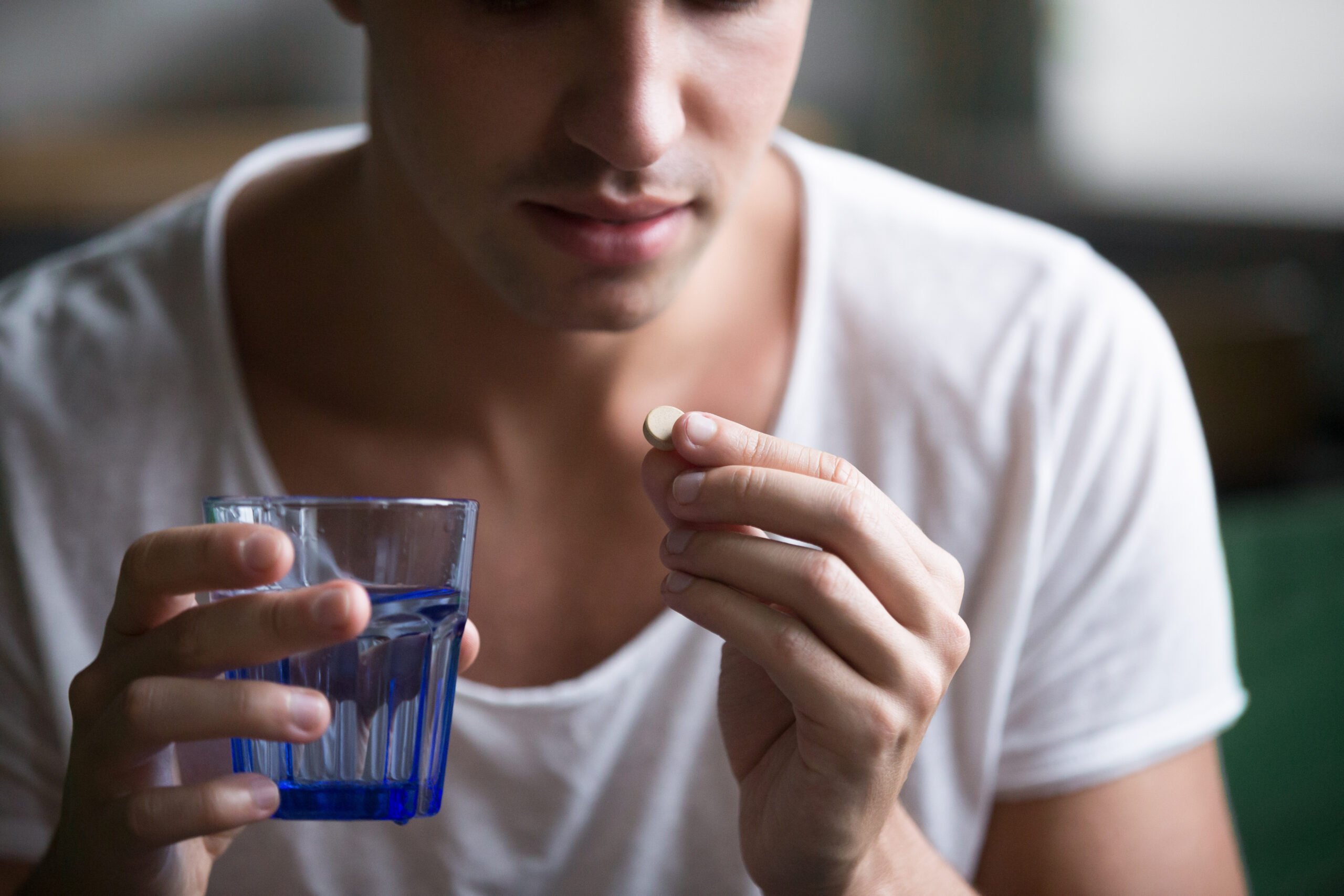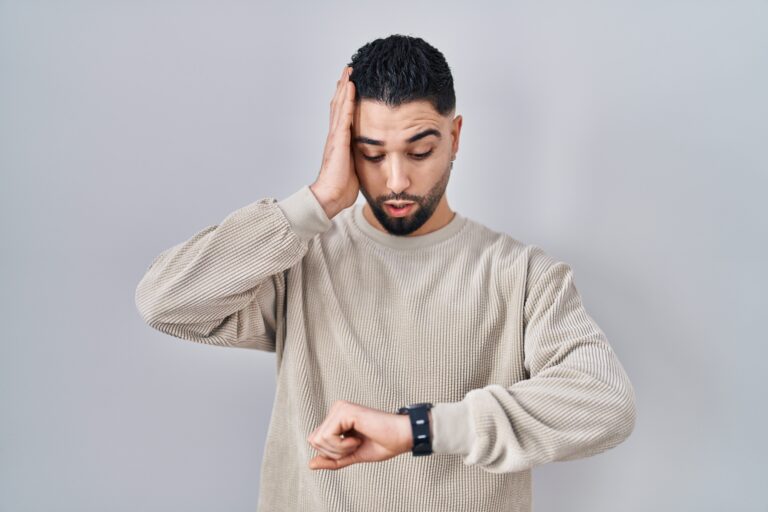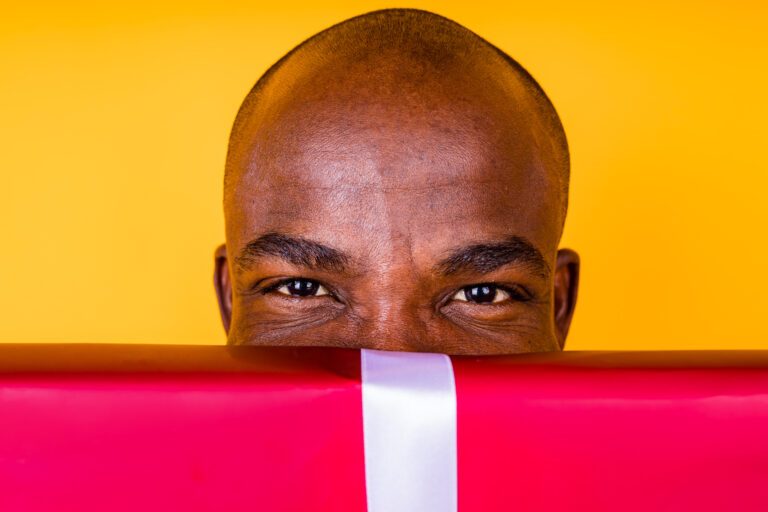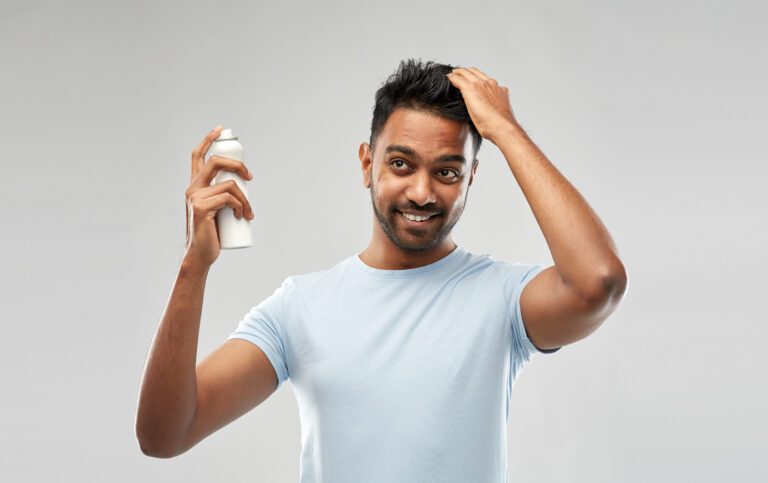Is Minoxidil Safe? Side-Effects Of Oral & Topical Use Explained
Hair loss is a common condition for both men and women. Often, this condition can lead to lack of self-confidence, anxiety, or even depression.
While there are other products offered in many forms to help people regrow their hair, none appear to be as effective as minoxidil. This begs the question: Is minoxidil safe?
Minoxidil, available topically and orally, is an FDA-approved medication that has helped millions of people suffering from hair loss. Nonetheless, both forms have different minoxidil side effects that require close supervision from medical experts.
In this article, we’ll explain the side effects of using minoxidil topically and orally to allow you to decide which treatment is suitable for your hair regrowth journey.
Long-Term Side Effects of Rogaine Use
Usually, Rogaine is safe for long-term usage. However, like any other drug, Rogaine’s dose has been calculated carefully to balance safety and efficacy.
As a result, exceeding the suggested dosage may lead to experiencing a few majorly adverse effects.
On the other hand, Rogaine has a few side effects that’ll subside once you discontinue this medication. In particular, itching, rash, or burning of the scalp can happen as temporary effects of Rogaine usage.
In most cases, a Rogaine overdose may cause allergic reactions resulting in breathing difficulties, numbness, or swelling of the face, hand, tongue, lips, or ankle.
In addition to that, you may also suffer from dizziness, lightheadedness, irregular heartbeat, and unwanted body hair growth.
Rarely do people who consume too much minoxidil wind up in the emergency room. However, if you notice one of these side effects while using Rogaine, you should seek medical attention immediately.
Minoxidil Side Effects on Men
Generally speaking, there are pros and cons to every drug. You might experience a few adverse reactions even if the treatment does its job.
Additionally, the 5% minoxidil concentration produces results faster than the 2% solution, but with a greater risk for side effects.
Alternatively, as your system gets accustomed to the drug, these adverse effects might subside with time and won’t need urgent medical attention.
- Dry Skin
Minoxidil can sometimes lead to dry skin. This condition is irritating yet manageable.
Try applying a lotion or cream with moisturizing effects twice a day to lessen the flakiness of your skin.
- Burning Sensation in the Scalp
Scalp burn is a usual side effect of minoxidil, which can be treated by washing your hair with lukewarm water. Besides that, limiting the use of products that may cause irritation and taking OTC pain relievers can help to alleviate the burning feeling.
On the other hand, consult your doctor if the burning sensation is severe or continuous.
- Itchiness
Itching caused by minoxidil could be severe or moderate. Either way, you should apply an antihistamine-containing topical cream or balm if you’re experiencing extreme irritation.
However, non-prescription creams or lotions would be enough if the discomfort is minimal.
- Short-Term Hair Loss
For some, minoxidil can contribute to increased hair loss issues. If so, you have to speak to your doctor for recommendations on the best way to prevent further hair shedding.
Nevertheless, with consistent usage of minoxidil, your hair will regrow eventually.
- Acne
Although it’s rare, minoxidil is sometimes associated with acne. This instance might be due to the possibility that minoxidil clogs the glands, resulting in acne.
Ideally, consult your dermatologist if you suffer from breakouts while using minoxidil.
Temporary Common Side Effects
- Allergic reactions such as hives and rash
- Breast tenderness
- Unwanted facial or body hair growth
- Nausea
These drugs, on rare occasions, can penetrate your skin and produce adverse reactions. You should discontinue taking this medication and inform your doctor immediately if you notice any serious effects like:
- Dizziness
- Fainting
- Chest pains
- Irregular heartbeat
- Blurred vision
- Unexpected weight gain
- Swelling of hands and ankles
- Difficulty in breathing, especially while lying down
Commonly, a doctor’s prescription for this medication implies that they already concluded its advantages to you outweigh the chance of adverse effects.
Minoxidil Side Effects on Women
Although minoxidil is safe for women, it may still lead to some adverse effects, like unwanted hair growth on the forehead and face as well as brief hair shedding.
Women with androgenic alopecia shed roughly 150 hairs each day. This shedding is higher than the average 50–100 hairs by women who aren’t experiencing this problem.
Thankfully, minoxidil works to avoid further hair loss. In some instances, it may even be helpful in the growth of new hair.
However, there are some downsides to using this drug, provided in topical or oral form, particularly for women.
- Unwanted Hair Growth
Some women might develop unwanted facial and body hair, usually on sideburns and chin, when using minoxidil. This hair growth can happen if the drug accidentally drips down on your face or as an adverse reaction if you use it only on your scalp.
Typically, the risk of side effects is reduced for women who take the 2% minoxidil topical solution rather than the 5% topical formula suggested for men.
- Temporary Hair Shed
Throughout the initial 2–4 weeks of applying minoxidil, you might see a spike in hair shedding. This shedding is normal and proves that the medication is effective for you.
However, if you experience continued hair loss after six months or so, you should seek medical advice as there could be an underlying cause of this issue.
- Risks to Pregnant Women and Breastfeeding Mothers
As for minoxidil usage during pregnancy, it’s classified as a category C drug by the FDA. This classification suggests that pregnant women may use it but should do so with caution.
According to a study, some fetuses may develop serious heart, brain, and vascular anomalies resulting in the cessation of pregnancy.
In addition, the American Academy of Dermatology advises pregnant or nursing women not to take minoxidil since the drug residues may pass into breast milk. Other different hair loss treatments, particularly finasteride, aren’t approved by the FDA for women’s hair loss.
However, these medications may still be used if the patient isn’t expecting or planning to get pregnant.
That is to say, pregnant women can still use minoxidil, but only with a doctor’s authorization.
- Allergic Reactions
While it’s uncommon, allergies to minoxidil can still happen. These symptoms generally come out fast and include the following:
- Swelling of hands, ankles, and lips
- Hives
- Rashes
- Itchiness
- Flaky scalp
Some people are allergic to propylene glycol, an active ingredient in the liquid form of minoxidil.
So, if you’re sensitive to PG, it’s best to use a minoxidil foam, which doesn’t contain this substance.
- Contact Dermatitis
Topical minoxidil continues to be a highly effective and safe medication for androgenic alopecia.
Though it’s safe, others report irritation, flaking, and burning sensation in the scalp. The primary cause of these effects is allergic contact dermatitis.
As a rule of thumb, apply minoxidil to a small portion of your scalp. However, before applying minoxidil to the rest of your scalp, try performing a skin test first to check if any issues will arise.
How to Reduce Minoxidil Side Effects?
To reduce minoxidil’s side effects, here’s what you need to know.
- Apply the drug as suggested by your doctor.
- Religiously follow the dosing directions since this can increase the risk of adverse effects.
- Try not to get the drug in your eyes or other sensitive body parts.
- After applying the drug, wash your hands properly.
- If you develop major side effects, stop using the treatment and get medical assistance immediately.
Causes of Minoxidil Acne
Acne is irritating and challenging to deal with. Commonly, acne appears when your hair follicles get clogged. In addition, sebaceous glands are attached to your follicles, which keep your skin and hair from drying out.
While it’s rare to see acne on the scalp, said acne is usually seen on your face, chest, and back.
As an estimate, around 80% of people ages ranging from 11–30 have acne.
Typically, adult men suffer from acne, which is usually caused by hormones. However, some treatments and skin care products may also trigger acne.
Unfortunately, minoxidil is one of the treatments that can overwhelm your follicles, resulting in acne breakouts.
Generally speaking, acne solutions involve starting a new medication, including oral and topical antibiotics, azelaic acid, or topical retinol.
Even so, limiting any skincare products that can aggravate acne is a good start. This can save you from taking medications with potentially adverse effects.
Since minoxidil is a drug that’s available without a prescription, you can stop using it if you notice any skin-related issues.
Of course, discontinuing minoxidil won’t help you reach your hair regrowth goals. Thus, you might opt to explore light and gentle growth-promoting alternatives.
Is Minoxidil Safe for Beard?
Beards are viewed to be men’s pride, as beards help highlight the masculine figure attractively. Hence, men often desire to grow a thick and full beard.
However, some men can’t grow beards. As a result, they try different beard-growing treatments and homemade remedies.
On the other hand, minoxidil is one of the FDA-approved medications for head hair regrowth. Contrarily, minoxidil isn’t an FDA-approved treatment for facial hair growth.
Nonetheless, some men who attempted to use minoxidil to promote beard growth have noticed an improvement in their facial hair volume.
Although, like any other drug, you may notice a few significant adverse effects while using minoxidil for beard growth. Those may include:
- Weight gain
- Dizziness
- Beard acne
- Flaky skin
- Irritation in the application site
The majority of these adverse effects should decline as your system adapts to the medication. Nevertheless, if these symptoms persist, you should see your doctor.
Is Minoxidil Safe for Long-Term Use?
Overall, minoxidil is safe for long-term application provided that the specified dosage isn’t exceeded.
Remember that minoxidil has a few adverse effects that may subside after four to six months.
For example, minor skin irritation and temporary hair-shedding side effects can happen to some individuals.
Regarding long-term success, minoxidil will show results for as long as you apply the medication.
However, a study on topical minoxidil application as a treatment for male pattern baldness revealed the effects seemed to peak after a year of usage.
Given these points, you should maintain a record of all prescriptions and non-prescription medications. This record will help your doctor in ensuring that there’ll be no undesirable conflicts between the treatments you’re using.
Will I Experience Increased Hair Loss After Using Minoxidil?
Hair loss is normal after applying minoxidil. More so when you initially begin taking this treatment. Basically, it’s an aspect of how this hair loss treatment functions.
In response to minoxidil’s side effects, your follicles develop quickly during the hair growth cycle. Thus, you may experience temporary hair shedding before the growth phase happens.
Usually, this occurs so that the new hair can grow to an appropriate length and volume. That’s the reason why while taking minoxidil, some men and women might experience more significant hair loss.
Additionally, minoxidil accelerates your hair’s resting phase, causing it to shed much faster.
So, will you experience increased hair loss after using minoxidil? Yes! Losing hair is a side effect of this treatment. It also shows that the minoxidil effect is underway, a stage known as the exogen phase.
As a result, you shouldn’t be worried about hair loss while using minoxidil. It’s best to stick to the plan as the shedding will eventually stop in two to four weeks.
Takeaway
So, is minoxidil safe? In general, oral and topical minoxidil is safe for scalp and facial applications. Both forms have been proven to be effective at promoting hair growth.
However, it’s critical to assess the minoxidil side effects of each medication form based on one’s preference and needs.
Specifically, topical minoxidil has fewer common side effects like itching and increased hair loss. Meanwhile, oral minoxidil has a higher chance of adverse reactions such as swelling, erratic heartbeat, and chest pain.
In that case, it’s best to speak with a doctor when deciding which treatment is most suitable for you.







